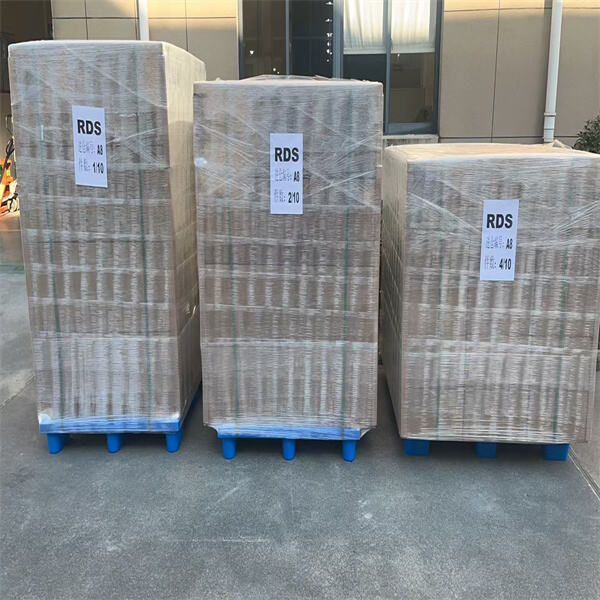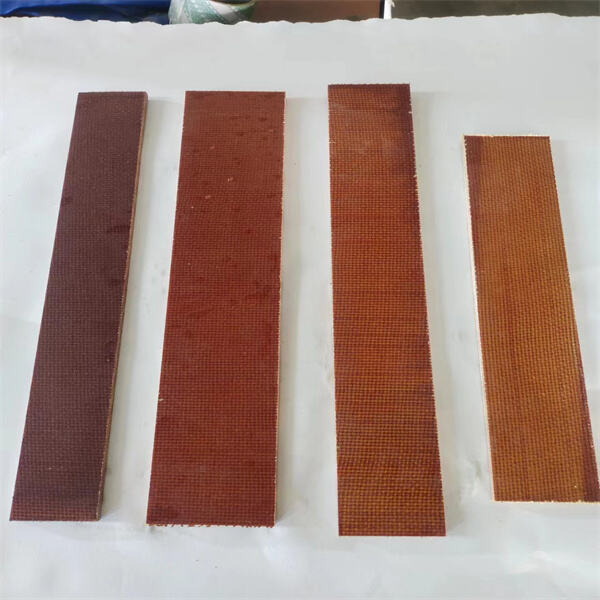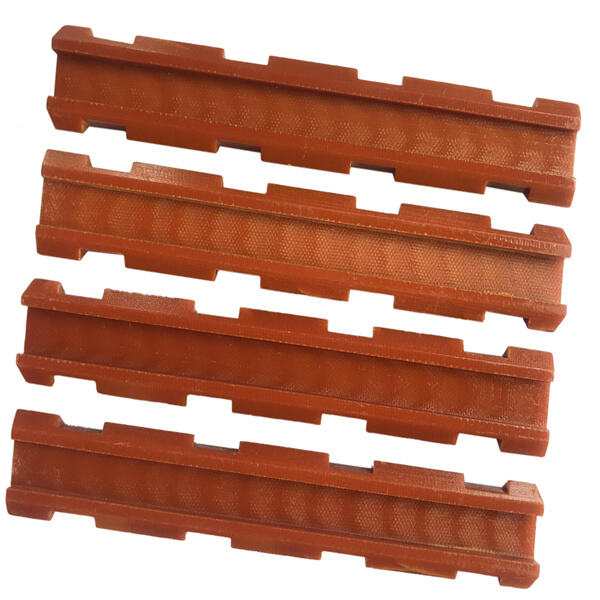Fiberglass and resin are the two primary components used to create g10 glass epoxy sheet, which are a specific type of tube. So what are these tubes you also might hear called FRP tubes — Fiber Reinforced Polymer tubes. These tubes are extremely handy and can be used for a wide range of tasks. So, help mend pipes — and guard electric wires. This is the major reason why they are so famous because they deliver great even in very adverse conditions.
Perhaps the strongest feature of glass epoxy tubes is their strength. One heavy duty machine which can withstand a lot. This is what makes them ideal for repair of pipes that are under a lot of pressure like water or gas lines. They don't chip easily because they are strong. They also resist rust and chemicals, so the materials can last for a long time before needing to be replaced. This durability is important for those who require reliable materials that won’t degrade too rapidly, even in inclement climates or harsh environments.
A nice quality of fr4 glass epoxy sheet, also, is that they are very light. This means, they can be easily carried and moved from one place to another. They’re designed to be simple to set up without heavy machinery to raise them. The tubes are also flexible and can be cut down to size for different projects, useful in a myriad situations. Being able to adjust their work areas to their needs enables workers to complete their tasks with greater efficiency and effectiveness.
Pipe repair can often be extremely costly and time-consuming. But using glass epoxy tubes can be a clever means to reduce costs. These tubes have been engineered for simple installation, so that construction workers waste less time getting the job done. This fast fitting process indicates they have spent less time on the project, which undoubtedly minimizes the charge for labor. And because these tubes are resistant to rust and harmful chemicals, they also help extend the life of the pipes. This translates to fewer costly repairs required down the road, providing additional savings in the long run.

These glass epoxy tubes are especially beneficial for tasks that must be completed in challenging or adverse environments. They, for example, are used in the oil and gas industry and have high-pressure and abrasive with contact. They are great for this kind of situations because of their durability. They are also utilized in the aerospace industry where they must withstand extreme temperatures and other harsh factors. NASA has even used these tube to reinforce the wings on space shuttles, this only highlights how strong and reliable these tubes really are.

So, here are few key steps of making glass epoxy tubes: To begin, workers will weave fiberglass into a certain pattern. This structure is intentionally created to enable the tube to be strong yet flexible. The next step involves dipping the woven fiberglass material into resin, which serves to hold everything in place. The wet fiberglass is then put into a mold, shaping it. The tube is heated, the resin hardens and solidifies into a solid tube. Finally the tube is cut to length and completed, and ready to be used in numerous applications.

They also make excellent insulators for electrical wires application. Have extremely high dielectric strength (i.e., the materials can withstand high voltages without breaking down). This is extremely relevant to safety. Plus, these tubes also resist moisture and chemicals so they're ideal for even the toughest or wettest of environments. Another great thing about glass epoxy tubes is that they are non-flammable. Such quality each assist prevent electrical fires which could be very dangerous.